The traditional supply chain has long followed a linear model: materials are extracted, products are manufactured, consumed, and ultimately discarded. But with growing environmental concerns and rising raw material costs, this model is no longer sustainable. Today, procurement and supply chain leaders are shifting toward a circular supply chain, a model designed to reduce waste, reuse materials, and regenerate value at every stage. It’s not just a green alternative; it’s a smarter way to drive sustainable growth, manage costs, and meet regulatory and consumer demands.
What Is a Circular Supply Chain?
A circular supply chain focuses on keeping materials in use for as long as possible, extending product lifecycles and reintegrating waste back into production. Instead of products ending up in a landfill, reverse logistics are used to reclaim, recycle, or remanufacture them into new goods. This model fundamentally changes the supply chain journey:
- From raw materials → manufacturing → distribution → consumption → waste
- To raw materials → manufacturing → consumption → reuse → recycling → remanufacturing
Procurement plays a key role in enabling this transition by sourcing recyclable inputs, managing reverse logistics, and partnering with suppliers focused on environmental stewardship.
Benefits of Circular Supply Chains for Procurement
The shift toward circularity presents an important opportunity for procurement teams to add strategic value to the business. Moving away from a linear model can lower costs, reduce risk, and strengthen brand reputation, all while supporting broader environmental, social, and governance (ESG) goals.
Procurement is at the center of this transformation. By rethinking how materials are sourced, used, and recovered, procurement can help build more efficient, resilient, and sustainable supply chains. Below are four key benefits that illustrate why circular supply chains are becoming a procurement priority:
1. Reduce Costs and Increase Business Value
By integrating reused and recycled materials into procurement strategies, companies can reduce dependency on expensive virgin resources. Reclaiming end-of-life products and components lowers input costs and improves margins while also reducing waste.
For example, instead of purchasing new raw materials, companies can reprocess used parts into valuable inputs. This not only supports cost reduction initiatives but also connects the end of the supply chain back to the beginning, creating a closed loop that drives long-term efficiency.
2. Align with Consumer Expectations for Sustainability
Sustainability is no longer optional. Consumers are increasingly aware of the environmental impact of their purchases. In fact, a Nielsen survey found that 66% of global consumers are willing to pay more for sustainable products. Procurement teams can respond by sourcing environmentally friendly products and working with suppliers who prioritize sustainability. Doing so not only improves brand reputation but also drives market share growth among socially conscious customers.
3. Mitigate Raw Material Price Volatility
Price fluctuations in raw materials, such as metals and plastics, make cost forecasting difficult. By reusing materials from end-of-life products, companies gain more control over their cost of goods sold (COGS) and reduce exposure to price swings in commodity markets. Circular sourcing allows procurement teams to:
- Plan more accurately
- Budget with greater certainty
- Minimize reliance on unpredictable markets
4. Comply with Evolving Environmental Regulations
Governments around the world are implementing stricter regulations related to recycling, emissions, and sustainable practices. At the same time, some jurisdictions offer financial incentives for companies that adopt circular models. Procurement leaders must stay ahead of these regulations by:
- Selecting suppliers that meet compliance standards
- Managing waste reduction goals
- Reporting on sustainability metrics
Circular procurement practices help organizations not only stay compliant but also benefit from incentive programs and avoid penalties.
Circular Supply Chains: A Smart, Strategic Choice
Adopting a circular supply chain is about being environmentally responsible, but it’s also a strategic procurement decision. Organizations that embrace circularity are better positioned to:
- Lower costs
- Increase resilience
- Meet stakeholder expectations
- Comply with sustainability standards
- Differentiate in the market
Procurement professionals are uniquely positioned to lead this transformation by rethinking sourcing strategies, collaborating with sustainable suppliers, and building more resilient supply networks. In the end, circularity is good for business and the planet and procurement is at the center of making it happen.



